THIS ARTICLE/PRESS RELEASE IS PAID FOR AND PRESENTED BY the Norwegian University of Life Sciences (NMBU) - read more
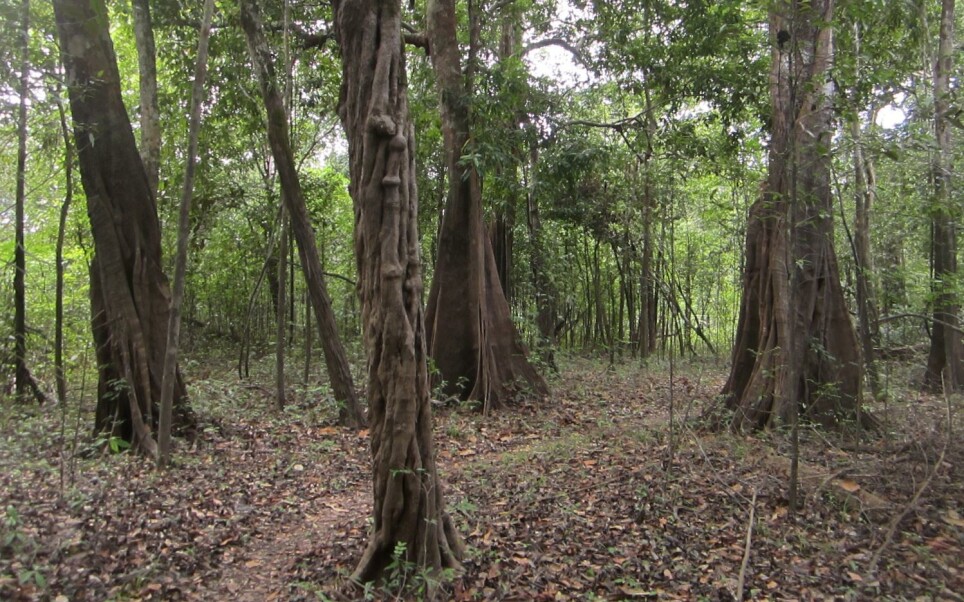
Large variations in forest diversity complicates carbon stock calculations in the Amazon
Large variations in forest structure between nearby areas increase the risk of incorrect estimates in the calculation of biomass and stored carbon in Amazonian forests.
Tropical forests are an important factor in global climate models. Annually, they offset about 20% of all fossil fuel emissions. At the same time, deforestation and the destruction of tropical forests is the second most important source of atmospheric carbon emissions.
The Amazon is the world's largest remaining rainforest area and very important both for the planet's species diversity and climate. The rain forest circulates large amounts of water and stores carbon.
“Despite its importance, we know relatively little about how much and how the plant biomass is distributed in Amazonia,” PhD candidate Yennie K. Bredin from the Norwegian University of Life Sciences (NMBU) says.

In her doctorate, Bredin has looked closely at forest structure and species diversity in the Amazon's floodplain forests. Thus, she investigated how the natural annual floods affect biomass and carbon stocks across the forest landscape.
Diverse landscape
Because a rainforest is not just a rainforest: The Amazon is a very complex and dynamic landscape composed of many different habitats and ecosystems. In addition to the well-known dense, tropical rainforest, there are savannas, floodplains, grasslands, swamps, bamboo and palm forests, to name a few.
Wet landscape
As the name 'rainforest' suggests, the Amazon receives a lot of rainfall per year: between 1,500 and 3,000 millimeters. However, the precipitation is not evenly distributed. Some areas receive comparatively more rain, and other areas less. Some areas are also strongly affected by seasonal variations and experience dry and rainy seasons. In the rainy season, rivers, streams and lakes flood the adjacent landscape.
“The low-lying floodplains are regularly inundated,” Bredin explains.
This means that different types of habitat occur over relatively short distances, mainly dictated by the terrain and the distance of an area from the nearest river, stream or lake.
In her doctoral dissertation, Bredin compared the Amazon's seasonally flooded forests with nearby, higher-lying areas called terra firme ('upland forests' in Portuguese).
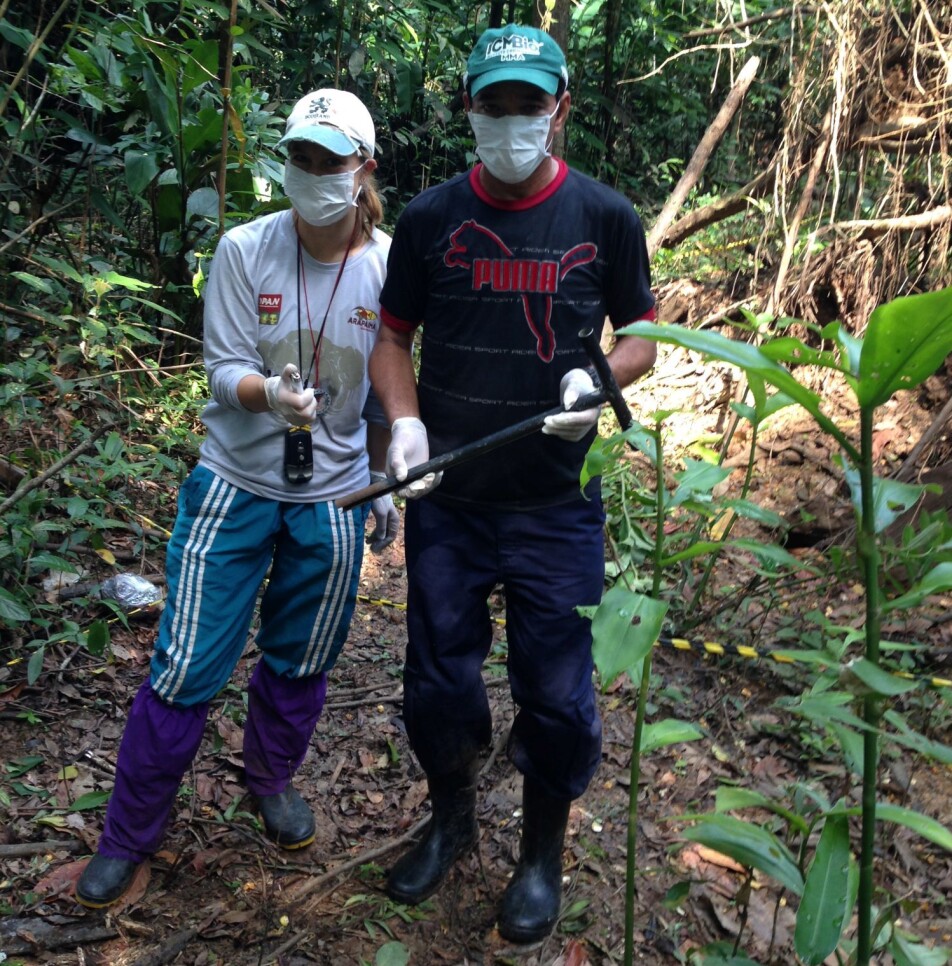
Survive under water
Floodplain forests are flooded at least annually, sometimes more often. Here, plants at all stages of life must withstand long periods of flooding when they become completely or partially submerged by water.
“These plants have therefore developed different strategies and special organs for survival,” Bredin says.
Some species go dormant until the worst is over and then grow rapidly as soon as conditions improve.
Many tropical trees develop specialized structures to provide extra support and increase stability.
“This is to prevent them from tipping over,” she says.
Some species also develop air-filled blisters inside the plant tissue. This helps the roots resist oxygen deficiency. Another adaptation to a life partially under water is fast-growing roots as a replacement for those that die from too much water.

Slight overlap
Bredin's results show that there is not much overlap in species diversity between the floodplain and upland forests.
“About 23% of the species I found grow in both forest types,” she says.
“The rest are exclusive to either the floodplain forest or the upland forest, and these species are specialists - that is, they have specific requirements to their habitat. They do not survive everywhere as the generalists do.”
This means that the sum of species found in the floodplain forests and the terra firme forests is much higher than the sum of species for either forest type alone.
“Both forest types are therefore crucial to safeguarding biological diversity,” says Bredin.
This also means that the amount of biomass and stored carbon will depend on different forest structure variables in the two forests, because the species composition varies.
“These variables will probably be complimentary to each other,” she says.
“But to calculate the amount of stored carbon, it is important to consider the different environmental qualities that these two forest types have, even though they grow close together.”
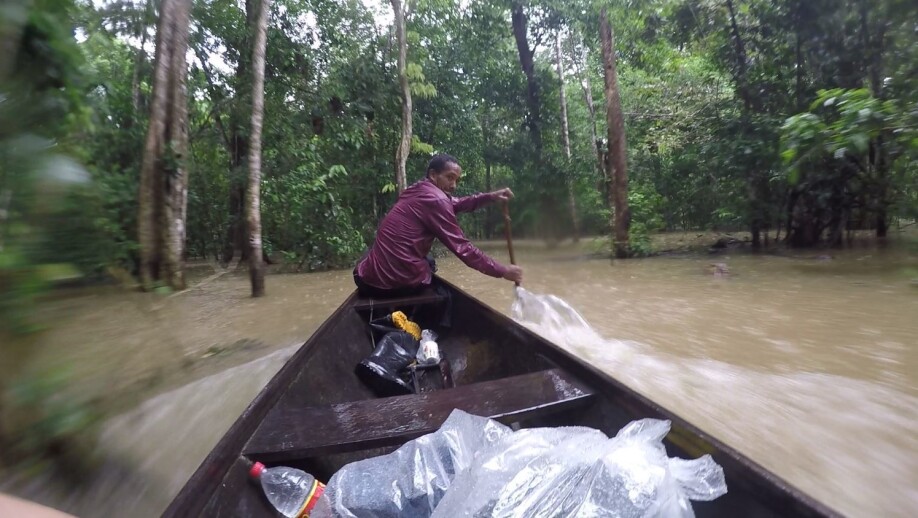
Consequences for climate calculations
Bredin compared tree species that grew in both forest types and examined whether there were any differences between them.
“A consequence of growing on the floodplains is that the trees have lower wood density,” she says.
Her calculations show that it would be easy to overestimate the biomass on the floodplains and underestimate the biomass in the higher-lying areas unless forest specific variables are considered. There is also a risk of a general overestimation for the larger trees.
“Ignoring differences in wood density, species composition and forest structure between forest areas, can result in very incorrect estimates of forest biomass,” she warns.
“Furthermore, it could lead to systematic errors in regional carbon stock estimates, and climate models with poorer accuracy.”
She further explains that it is rare for researchers to consider differences among forest types when calculating the biomass found above ground in tropical forests.
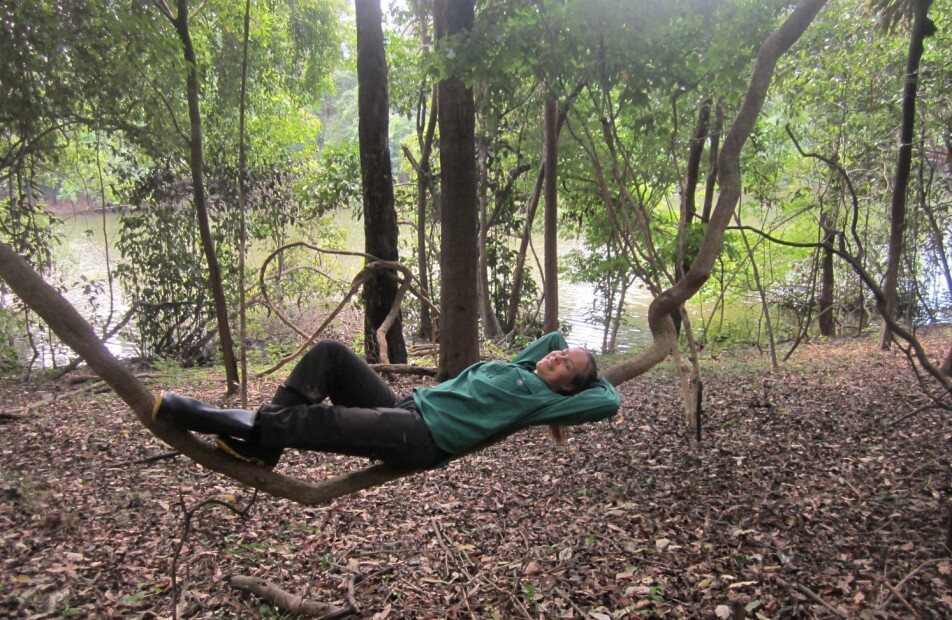
Trillions of trees
Research shows that there are more than 3 trillion trees on the planet. It is impossible to measure them all, so when researchers are to calculate the amount of carbon stored in them, they must estimate the tree biomass. The estimates are based on field measurements, which the researchers then transfer to larger areas using remotely sensed data and statistical methods.
“Such estimates are often based on regional biomass models,” says Bredin.
The researchers therefore assume that one forest area is almost the same as another within the same region. In reality, tropical forests are very diverse.
“They often contain several forest types that are different in both species composition and forest structure, which my results also confirm.”
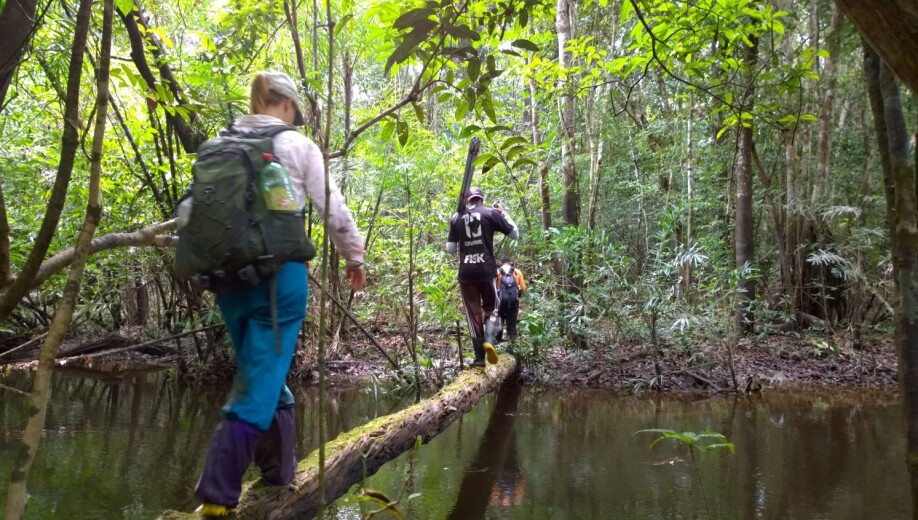
Control check of current methods
Bredin has investigated whether the current methods for large-scale mapping of biomass above ground are well calibrated for floodplain and terra firme forests.
The results showed that they work well for terra firme forests, but are less accurate for the floodplain forests.
“Accurate and detailed mapping of biomass and carbon requires reliable data,” she says.
The uncertainty associated with these measurements is therefore a major obstacle to modeling global carbon flows, especially in tropical forests with great variation in tree species composition and structure.
“The results are probably transferable to other tropical forests that are poorly mapped,” she says.
Previous research from Central Africa has demonstrated an estimation error for biomass with up to 40%.
“To calibrate global estimates better, the recommendation is to use local biomass models, supplement with more field measurements that account for forest-specific variations in structure and wood density,” she concludes.
References:
Yennie Bredin: Flooding matters: Structure, above-ground biomass, and carbon stocks of an Amazonian forestscape. PhD thesis. Norwegian university of life sciences, Ås, Norway, 2021.
Yennie Bredin et.al.: Structure and Composition of Terra Firme and Seasonally Flooded Várzea Forests in the Western Brazilian Amazon. Forests, 2020.
Yennie Bredin et.al.: Forest type affects the capacity of Amazonian tree species to store carbon as woody biomass. Forest Ecology and Management, 2020.
———
Read the Norwegian version of this article at forskning.no
See more content from NMBU:
-
We're eating more cashew nuts – and the consequences are serious
-
Do young people with immigrant parents have better health?
-
Who’s picking your strawberries this summer?
-
Can coffee grounds and eggshells be turned into fuel?
-
Rising housing costs fuel inequality in Norway
-
Researchers warn: Climate change in African mountains has a greater impact than previously thought





































